Buying milk from a vending machine, 1940s
.
.
.
.
.
.
.
.
Sod Schoolhouse Thomas County Kansas circa 1897
.
.
.
A neighbour opening up her home for a family during the Blitz in London
.
World’s Fair in Paris 1889

.
.
.
.
.
.
.
.
.
.
.
.
.
.
.
.
.
.
.
.
.
.
.
.
.
.
.
.
.
.
.
.
.
.
.
.
.
.
.
.
.
.
.
.
.
.
.
.
.
.
.
.
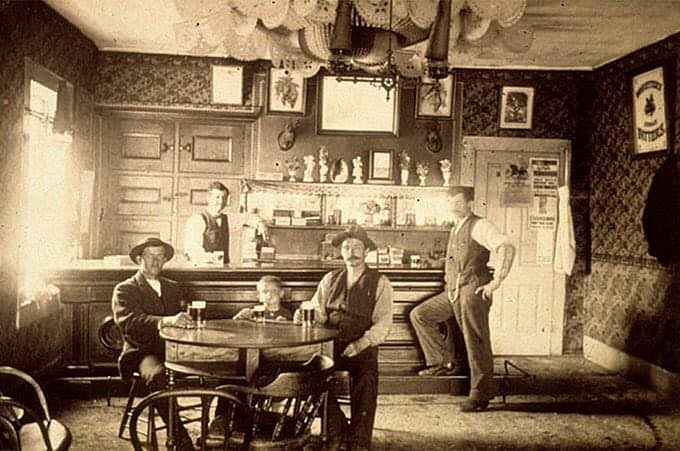
A saloon that let children enjoy their own kid-sized beers. Wisconsin. (1890s)
.
.
.
.
.
.
.
.
.
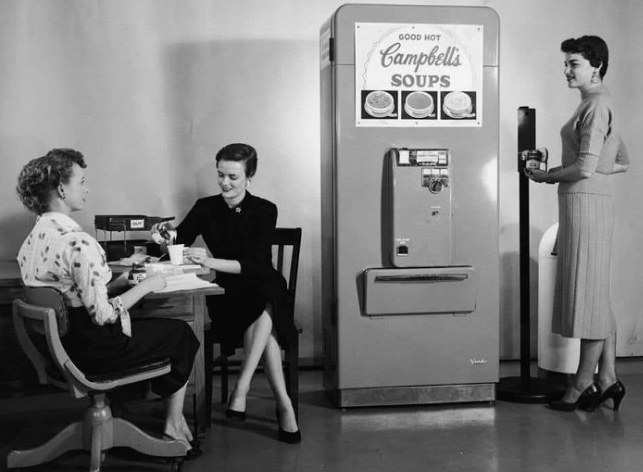
Office staff enjoying soup from a Campbell’s Soup vending machine. (1950s)
.
.
.
.
.
.
.
.
.
.
.
.
.
.
.
.
.
.
.
.
.
.
.
.
.
.
.
.
.
.
.
.
.
.
.
.
.
.
.
.
.
.
.
.
.
.
.
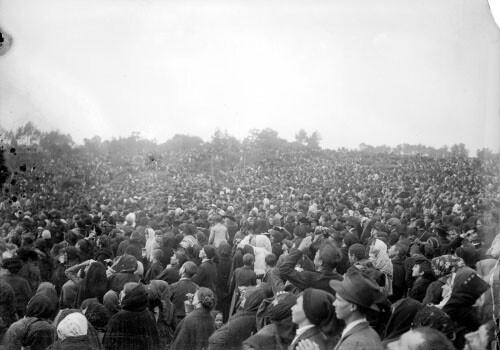
The crowds at Fátima wait for a miracle on Oct. 13, 1917. (Image credit: Public domain)
.
.
Elizabeth II and the fam
.
.
.
.
.
.
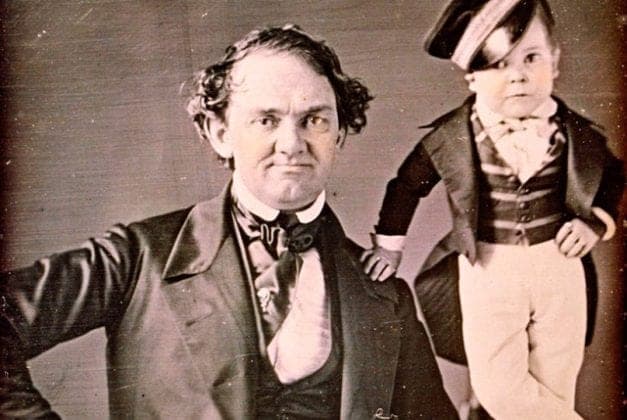
P.T. Barnum and Tom Thumb
.
.
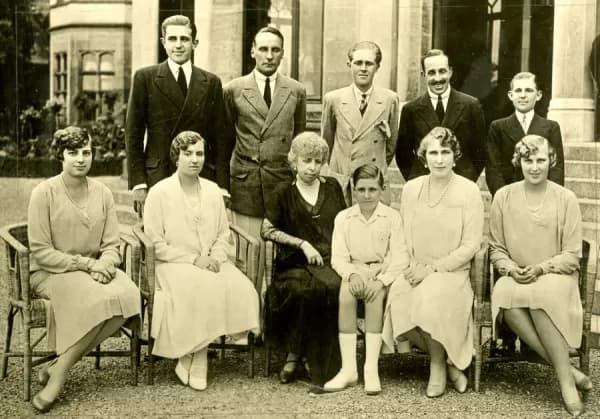
Spanish royal family, House of Bourbon, group photo at San Sebastian, towards the end of the Bourbon Dynasty, replaced by General Francos Republic. Front row, left to right: Infantas Beatriz and Isabel, Queen Mother Christina, Infante Don Juan, Queen Victoria, Infante Christina. Back row, left to right: Infantes Don Jaime and Don Alfonso, Prince of Asturias, King Alfonso, Infante Don Gonzale.
circa 1930
.
.
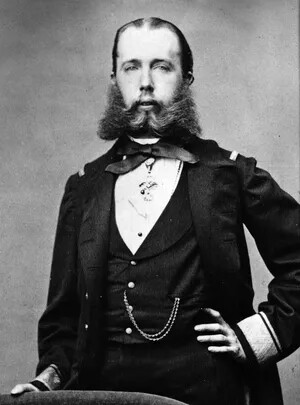
Emperor Maxamillion 1860’s
.
.
.
.
.
.
.
.
.
.
.
.
.
.
.
.
.
.
.
.
.
.
.
.
.
.
.
.
.
.
.
.
.
.
.
.
.
.
.
.
.
.
.
.
.
.

This crumbled car, smashed against the side of a Paris tunnel, carried Princess Diana to her death. On August 31 1997 the beloved peoples princess died in a catastrophic car crash while being pursued by paparazzi.
.
.
.
.
.
.
.
.
.
.
.
.
.
.
.
.
.
.
.
.
.
.
.
.
.
.
.
.
.
.
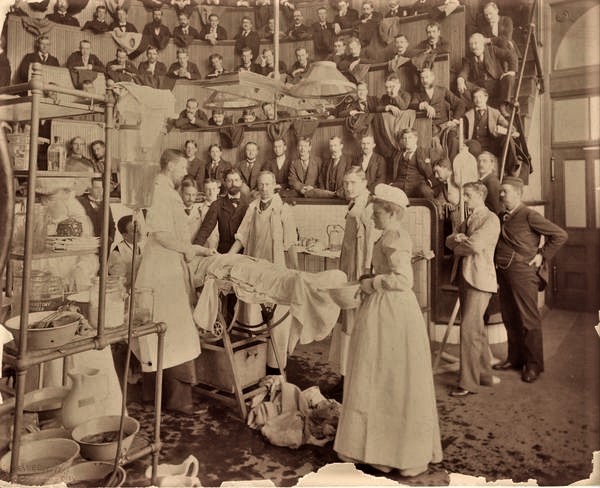
Bellevue Hospital, NYC operating theatre 1900
.
.
.
.
.
.
.
.
.
.
.
.
.
.
.
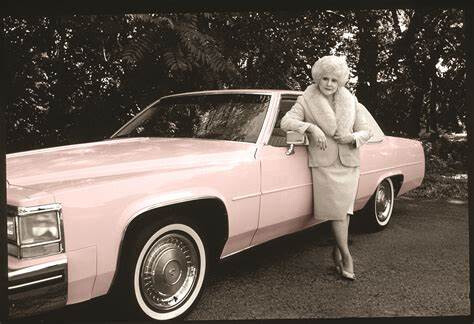
Mary Kay and her pink Cadillac
.
.
.
.
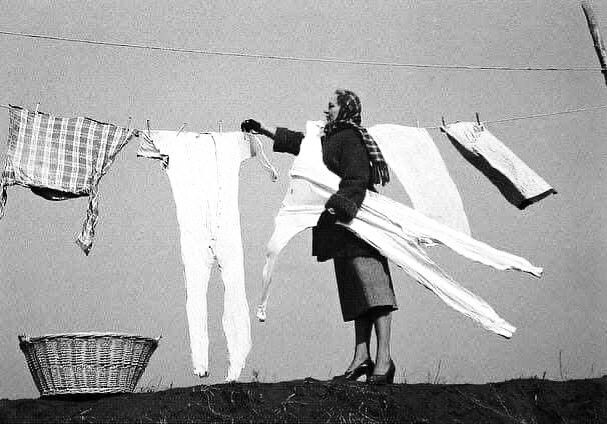
During the 1940s, housewives across America faced the daily challenge of managing household chores without the convenience of modern appliances. Laundry, in particular, was a physically demanding task, requiring heavy lifting, scrubbing, and long hours of drying time. In colder climates, winter brought an additional hurdle—clothes left on the line would often freeze solid before they could dry properly. This phenomenon was common in regions with harsh winters, where laundry would stiffen like boards, only thawing when brought inside.
.
Note: The guy in the picture is Elon Musk’s grandfather’s partner, Howard Scott.
.
.
.
.
.
.
.

Disneyland Hotel opens in 1955
.
.
.
.
To address this, the “sleeping fathers” nursery school was established in 1943 to provide childcare for the children of workers who were on the night shift. The nursery school allowed children to be cared for from 8 a.m. to 4 p.m., during which their fathers could rest and recharge in peace, preparing for another night at the shipyard. This was a rare and innovative solution at the time, reflecting the unique demands of wartime production.
The nursery school not only provided essential care but also supported the larger war effort by ensuring that the workforce could remain as productive as possible. The children were cared for in a safe, supportive environment, giving fathers the opportunity to rest without worrying about the wellbeing of their young ones. The establishment of such a facility highlighted the community’s resilience and resourcefulness during a time of immense social and economic upheaval.
John Vachon, the photographer behind this image, captured a scene that serves as a window into a small but crucial aspect of wartime life. The children’s carefree play, in stark contrast to the heavy labor of their fathers, underscores the sacrifices made by families on the home front.
The “sleeping fathers” nursery school stands as a testament to the creative solutions communities found to navigate the complexities of war, and it remains an important historical chapter in the narrative of the American home front during World War II.
.
By 1962, maintaining this green giant required a team of skilled gardeners who relied on nothing more than shears, hand tools, and an enormous 50-foot ladder. Perched high above the ground, they would spend weeks sculpting the hedge with precision, ensuring that its grandeur remained intact. The work was physically exhausting and, at times, treacherous, requiring a delicate balance atop swaying ladders. The sight of these gardeners trimming away at such great heights became a spectacle in itself, a symbol of dedication to tradition.
Over time, technology transformed this painstaking task. Today, the hedge is trimmed by two individuals using electric hedgers and a cherry picker, making the process both safer and more efficient. Despite these advancements, the job remains an arduous one, taking 10 days to complete at a cost of £5,000. The 9th Earl of Bathurst, Allen Bathurst, continues to fund the maintenance, upholding the legacy of this historic landscape feature.
Weather remains an unpredictable challenge for the hedge trimmers, but modern conveniences offer some relief. On particularly hot or rainy days, workers now use a Pimms umbrella atop the platform to shield themselves from the elements. More than three centuries since its planting, the Bathurst yew hedge continues to captivate visitors, a living testament to England’s grand horticultural traditions.
.
.
.
.
.
.
.
.
.

.
.
.
.
.
.
.
.
.
.
.
.
.
.
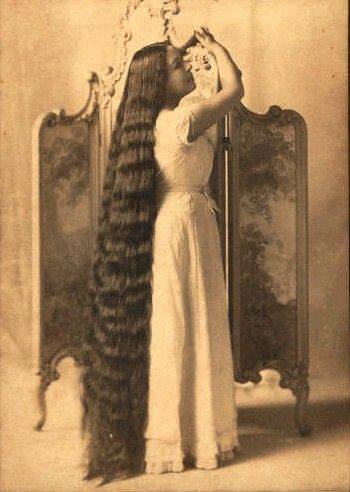
Victorian lady, with the hair down… 1890s
.
.
.
.
.
.
.
.
.,
.
.
.
.
.
.
.
.
.
.
Ah yes, no SUV’s, but look at all those station wagons in the woolworth parking lot!!
is this the year 1980?
I can’t seem to find the caption for that picture, I was hoping someone knew. My guess was '78. 
.
.
.
.
.
.
.
.
.
.
.
.
.
The View Master display, aaaah yes! 